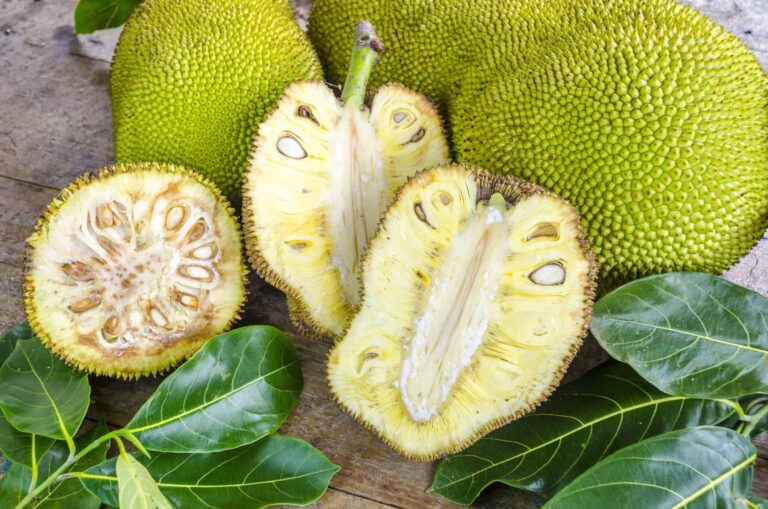Introduction: A Look at the Marshall Islands
The Marshall Islands is a group of islands located in the Pacific Ocean, between Hawaii and the Philippines. It is known for its stunning beaches, crystal-clear waters, and rich culture. The local cuisine is a blend of traditional Marshallese dishes and influences from neighboring countries. It is not surprising that the islands are home to a diverse range of fruits and vegetables.
Fruits of the Marshall Islands: Common or Uncommon?
The Marshall Islands is a tropical paradise where fruits grow in abundance. Some of the commonly grown fruits include coconuts, bananas, papayas, and pineapples. These fruits are widely available and are used in a variety of dishes. However, the islands are also home to some unique and rare fruits that are not commonly found in other parts of the world.
The Rare and Unique Fruits of the Marshall Islands
One such fruit is the Marian Plum, which is native to the islands. The fruit is small, round, and has a deep purple color. It is known for its sweet and tangy flavor, and it is often used to make jams and jellies. Another unique fruit is the Noni, which is known for its medicinal properties. The fruit is used to treat various ailments, including rheumatism, fever, and diabetes.
Breadfruit: A Staple of Marshallese Cuisine
Breadfruit is a staple food in Marshallese cuisine. It is a starchy fruit that is often compared to potatoes. The fruit is roasted, boiled, or fried and is used in a variety of dishes, including stews, curries, and soups. Breadfruit is also a good source of nutrition, as it is high in fiber, vitamin C, and potassium.
Pandanus: A Versatile Plant with Edible Fruits
Pandanus is a versatile plant that is used for its edible fruits, leaves, and roots. The fruit is small and has a sweet, nutty flavor. It is often used to make desserts, such as cakes and puddings. The leaves of the plant are used to wrap food, such as fish and meat, to give it a unique flavor. The roots of the plant are used to make a traditional Marshallese drink called Kava.
Conclusion: Exploring the Flavors of the Marshall Islands
The Marshall Islands is a treasure trove of unique and rare fruits and vegetables. From the sweet and tangy Marian Plum to the versatile Pandanus plant, the islands offer a wide range of flavors and tastes. The local cuisine is a fusion of traditional Marshallese dishes and influences from neighboring countries, making it an exciting and diverse culinary experience. Exploring the flavors of the Marshall Islands is truly a feast for the senses.






